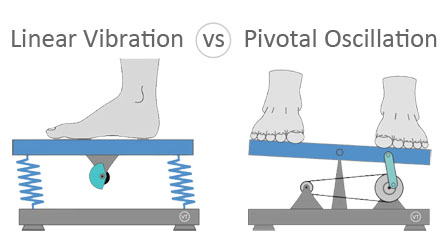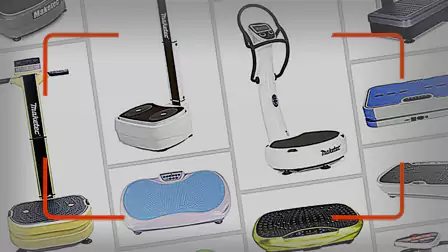Vibration Actuators
The vibration actuator adopted in the design of vibration plate provides insight into its movement patterns and parameters
Various types of actuators can be employed to generate reciprocating movements.
Planar four-bar linkage and eccentric wheel are the most practical mechanical actuators for whole-body vibration plates. These two types of actuators dominate the vibration plate models available on the market.
Other mechanical actuators like piston, gear rack and cam mechanisms can achieve very high amplitude vertical movement but are only suitable for very low frequency oscillation applications. They are unsuitable for higher frequency movement because they either wear out fast or demand high precision and frequent maintenance. They are used in some rare models seeing in tradeshows and catalogs.
Solenoid and piezoelectric are two special actuators suited for producing small displacement. For the application case of a 30Hz whole body vibration plate, these types of actuators can only be designed to achieve extremely low amplitude oscillation.
Notably, two manufacturers, Juvent and Marodyne, use one of these actuators in their extremely low-amplitude vibration plate models. They refer to these models as low-intensity vibration plates, making them into a unique category.

